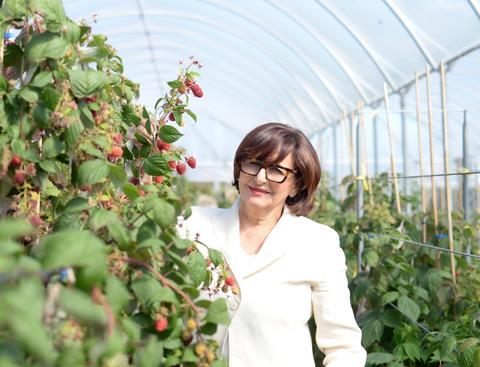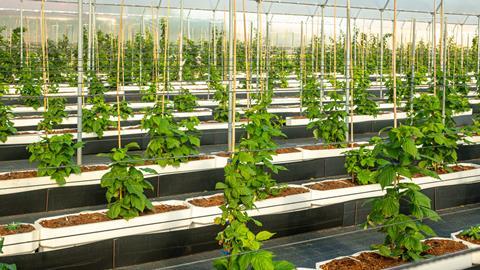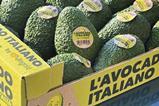One of Europe’s top berry breeders offers her thoughts on what kind of fresh berry varieties will be needed in future

Carmela Suriano is EMEA director at Nova Siri Genetics, one of Europe’s leading breeding programmes for strawberries and other berries that are suited to Mediterranean climates.
In this exclusive interview with Eurofruit Magazine, Suriano explains why she believes the category can continue to grow, underlines the need to develop more resilient and tastier berries, and emphasises the trend towards longer, less seasonal periods of supply.
Carmela, as a breeder, how would you assess the European berry market right now, and what do you see in terms of its future potential growth?
Carmela Suriano: The European market for berries is growing and this positive trend still leaves room for growth in the future, both due to the health value of these fruits and the opportunities to consume them.
Just think about young and very young people. They are increasingly careful to maintain a healthy diet in which fruit and vegetables play a major part. Added to this the convenience with which you typically associate berry consumption, something which often makes them preferable to more traditional fruits.
However, there is a gap between supply and demand. This pushes many European countries, including Italy, to import the products from abroad. That strong import focus has repercussions in terms of the price, which obviously tends to be higher and makes these products less accessible to consumers.
What is Nova Siri Genetics doing to encourage further development in the berry category?
CS: Nova Siri Genetics is a company that researches and tests new varieties of strawberries and other berries which are meant for producers in parts of the world that have a Mediterranean climate.
Our varietal offer, therefore, takes into account the needs of production and markets worldwide, and the increased production of berries that has taken place in many countries over recent years.
In particular, our genetic improvement programme focuses on the identification of rustic cultivars. These tend to be more resistant to climate change, more tolerant to parasites and pathogens, and have a greater ability to adapt to tired soils.
In fact, it is an essential characteristic of the plant to allow producers to obtain satisfactory qualitative and quantitative results amid such an uncertain and changing context as we have seen in recent years.
Another important element of our research is the concept of earliness, given that demand for berries is present throughout the year and growing especially in the period between autumn and winter.
Furthermore, increasingly demanding consumers are more and more attentive to the fruit’s properties. So we aim to select varieties with uniform colour, high shelf-life and consistency, and aroma and flavour that remain unchanged even a few days after harvesting.

What new product features can we expect to see as a result of your research in the coming years?
CS: The focus of the research will certainly be on characteristics such as flavour, aroma and consistency of the fruit. Genetic improvement programmes have the task of ‘adapting’ to the tastes of consumers who prefer more aromatic fruits, with the right balance between acids and sugars, and with good crunchiness.
Added to this is another element on which our research will focus even more in future. That element is the increase in the fruit’s commercial life, or its shelf-life. It is essential we ensure that all these taste characteristics can remain unchanged for several days after the fruit is harvested.








